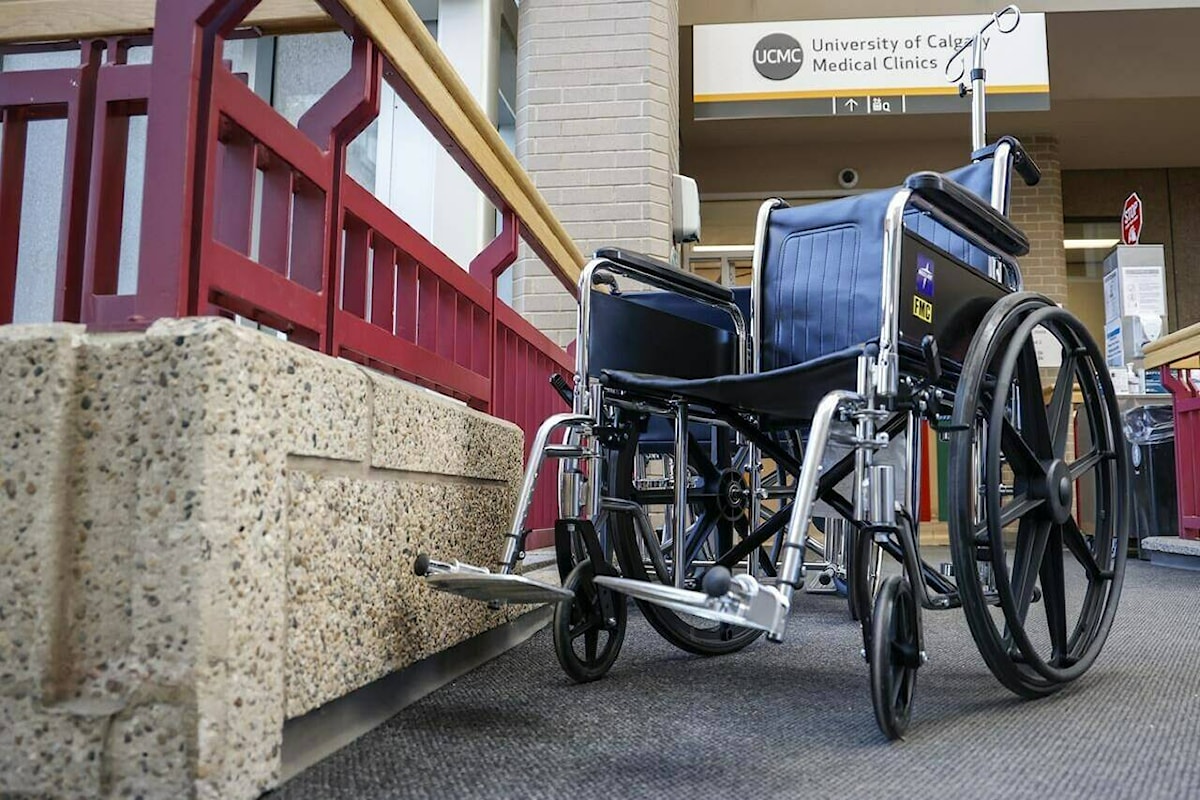According to Statistics Canada, approximately eight million Canadians will report having at least one disability in 2022.
The number of Canadians with at least one disability has doubled in a decade, a reality that should prompt the government to reduce accessibility barriers, the head of a human rights group says.
Statistics Canada data shows that in 2022, 27 per cent of Canadians aged 15 and over, or about eight million people, will report having at least one disability, nearly double the proportion who reported having a disability 10 years ago.
Heather Walkus, national president of the Canadian Council on Disability, said in a recent interview that the bureau’s figures, collected every five years, are important because they influence government policy at the federal, provincial and local levels.
“At least eight million Canadians live with a disability, yet we continue to be excluded and unable to join our families and participate in the Canadian experience because of environments, attitudes and a system that is set up to give us little or no success,” Warchus said.
Of the millions of Canadians with disabilities, 72 per cent report having encountered some kind of accessibility barrier within the past year, and of those eight million, 60 per cent say they have experienced barriers when navigating indoor and outdoor public spaces.
Mr Walkus, who described himself as having “very low eyesight”, said a lot needs to be done to ensure everyone can move around in public.
For example, she was recently in Ottawa to attend a conference on disabilities and couldn’t use the hotel elevators: The buttons had no raised lettering or Braille, and passengers were notified when an elevator was free by a flashing light, meaning she had no idea when her room would arrive. The sound system in the elevator was “very muffled,” and she couldn’t hear what floor she was on.
“In 2023, I couldn’t even get in an elevator,” she said.
“That’s what people need to understand,” Warchus added. “We have the ability, we want to live life, but somehow we’re still segregated.”
Susan Wallace, an analyst at Statistics Canada and manager of the Canadian Disability Survey, said in an interview that 2022 marks the first year that Canada’s national survey includes questions about accessibility barriers, she added, and the survey asks about 27 types of barriers, including building entrances, lighting and sound levels and public sidewalks.
Accessibility issues are widespread across the country. A recent report from a project led by the University of Calgary found that about 60% of public spaces in Calgary, Vancouver and Ottawa are inaccessible or partially inaccessible to people with disabilities. The goal of the project, called “Mapping Cities for All,” is to help the federal government achieve its goal of removing barriers to access for people with disabilities by 2040.
Walkus said Canada also has to address the financial burden on people as it tries to sort out the details of the long-awaited Canada Disability Benefit Act, which will become law in June 2023. The benefit is intended to reduce poverty and support working-age people with disabilities through income support. Online consultations on the benefit will begin on Nov. 15 and close on Dec. 21.
“The good thing is it’s coming. The bad thing is we still don’t really know when and how it’s going to play out,” Warchus said.
Wheelchairs, computers with voice programs and many other types of assistive technology are expensive, Warkus said, adding that finding accessible housing is also becoming more expensive. “People need to understand that having a disability is not cheap.”
The number of Canadians with disabilities in 2022 has increased by five percentage points since the last survey in 2017, when 22 per cent of Canadians, or 6.2 million people, reported having at least one disability. Statistics Canada said the increase is due to an ageing population and an increase in mental health-related disabilities among young people and working-age people.
The most common type of disability was pain-related at 62 percent, followed by flexibility and mobility issues, which remained consistent with 2017. The next most common disability was mental health-related at 39 percent, the largest increase of any disability type between 2017 and 2022. In the last survey, 33 percent of people with a disability said their disability was mental health-related.
Related article: New disability benefits will make a ‘big difference’ to many Canadians’ lives
Related article: ‘It’s like being left in the luggage compartment’: Horror stories about travelling with disabilities abound

